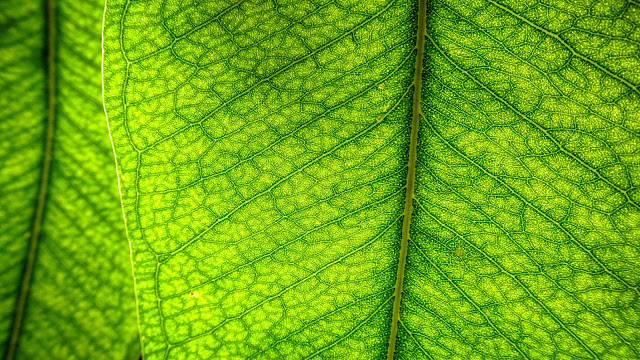This is a blog where I post my favourite photographs from around the places I've visited. I am an amateur photographer and I am ever learning as I go along!
Friday 29 January 2021
Tuesday 26 January 2021
UZBEKISTAN
Uzbekistan, officially the Republic of Uzbekistan (Uzbek: Oʻzbekiston Respublikasi, Ўзбекистон Республикаси), is a doubly landlocked country in Central Asia. It is a unitary, constitutional, presidential republic, comprising twelve provinces, one autonomous republic and a capital city. Uzbekistan is bordered by five countries, Kazakhstan to the north; Tajikistan to the southeast; Kyrgyzstan to the northeast; Afghanistan to the south; and Turkmenistan to the southwest.
Once part of the Turkic Khaganate and later Timurid Empires, the region that today includes the Republic of Uzbekistan was conquered in the early 16th century by Eastern Turkic-speaking nomads. The area was gradually incorporated into the Russian Empire during the 19th century, and in 1924 what is now Uzbekistan became a bordered constituent republic of the Soviet Union, known as the Uzbek Soviet Socialist Republic (Uzbek SSR). Following the breakup of the Soviet Union, it declared independence as the Republic of Uzbekistan on 31 August 1991 (officially celebrated the following day).
Uzbekistan is officially a democratic, secular, unitary, constitutional republic with a diverse cultural heritage. The country's official language is Uzbek, a Turkic language written in the Latin alphabet and spoken natively by approximately 85% of the population; however, Russian remains in widespread use. Uzbeks constitute 81% of the population, followed by Russians (5.4%), Tajiks (4.0%), Kazakhs (3.0%), and others (6.5%). A majority of Uzbeks are non-denominational Muslims. Uzbekistan's economy relies mainly on commodity production, including cotton, gold, uranium, and natural gas. Despite the declared objective of transition to a market economy, its government continues to maintain economic controls which imports in favour of domestic "import substitution".
Illustrated is Bukhara, which is a city-museum, with about 140 architectural monuments. The nation's fifth-largest city, it had a population as of 31 August 2016 of approximately 247,644. Humans have inhabited the region around Bukhara for at least five millennia, and the city has existed for half that time. Located on the Silk Road, the city has long served as a centre of trade, scholarship, culture, and religion. UNESCO has listed the historic centre of Bukhara (which contains numerous mosques and madrassas) as a World Heritage Site.
This post is part of the Our World Tuesday meme,
and also part of the Ruby Tuesday meme,
and also part of the Travel Tuesday meme,
and also part of the Wordless Wednesday meme.
Sunday 24 January 2021
Saturday 23 January 2021
EARWIG
Tuesday 19 January 2021
CITY MORNING
COVID-19 is still at large and wreaking havoc with our lives, not least our travel plans. Local travel and tourism is fortunately an option here in Melbourne, with many places in Victoria still offering a wealth of options for local tourists both in the metropolitan area, as well as further afield, daytripping!
This post is part of the Our World Tuesday meme,
and also part of the Ruby Tuesday meme,
and also part of the Travel Tuesday meme,
and also part of the Wordless Wednesday meme.







